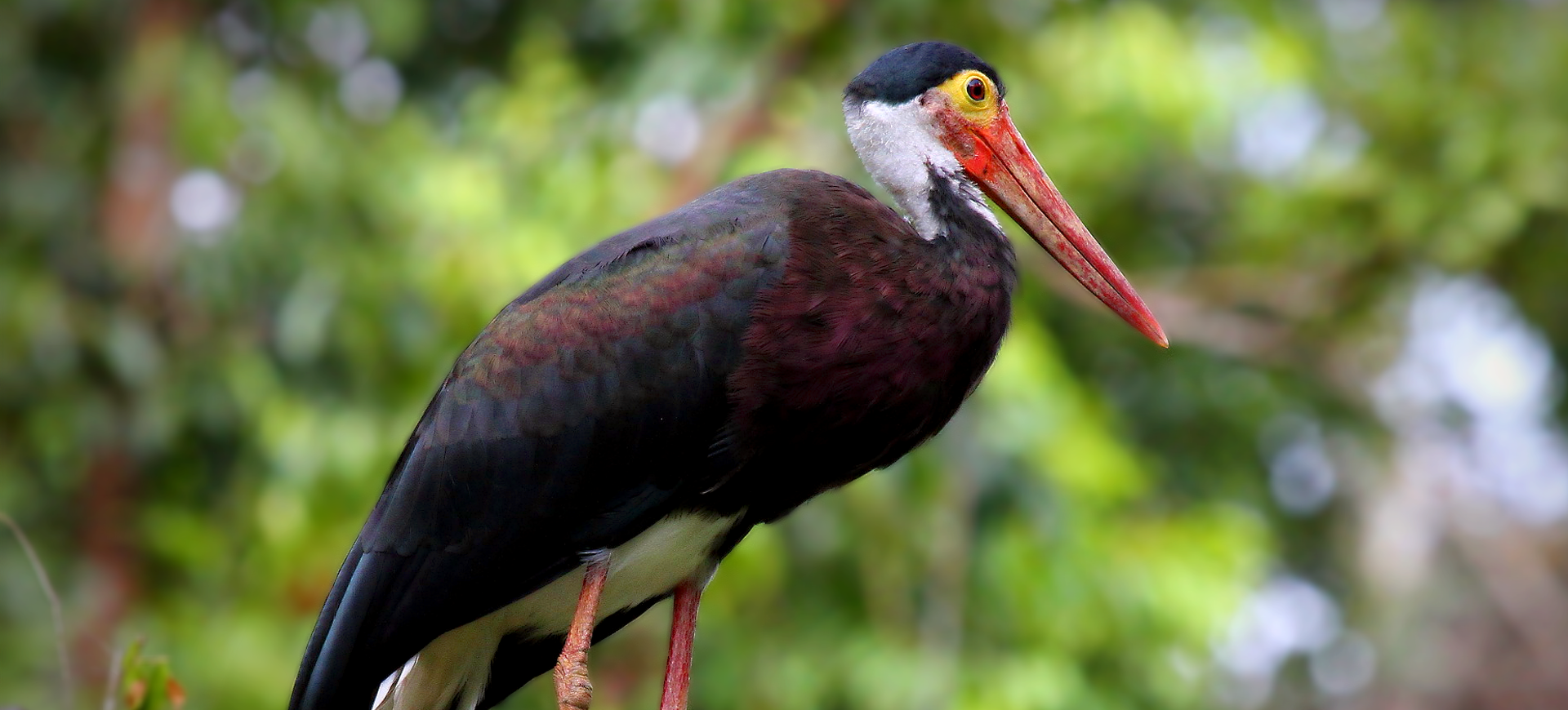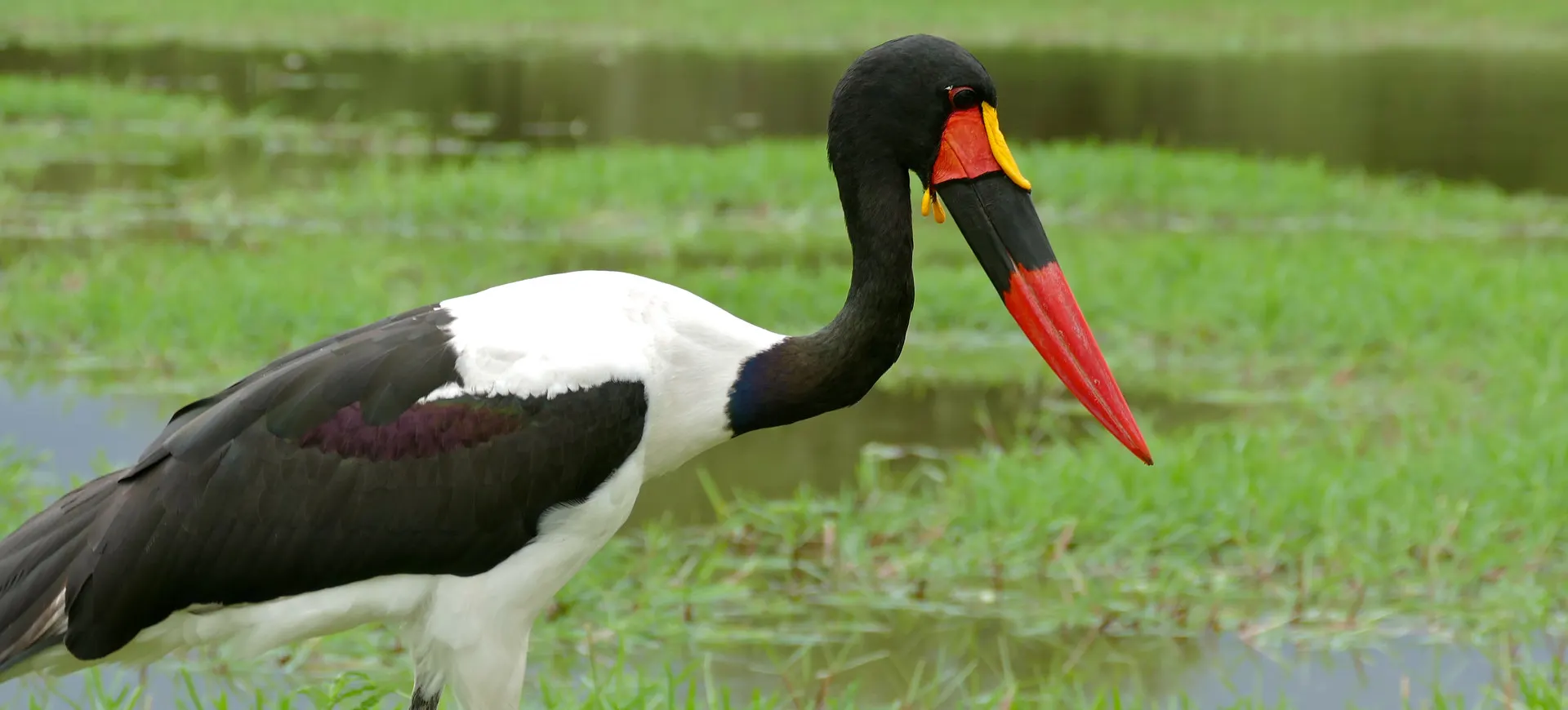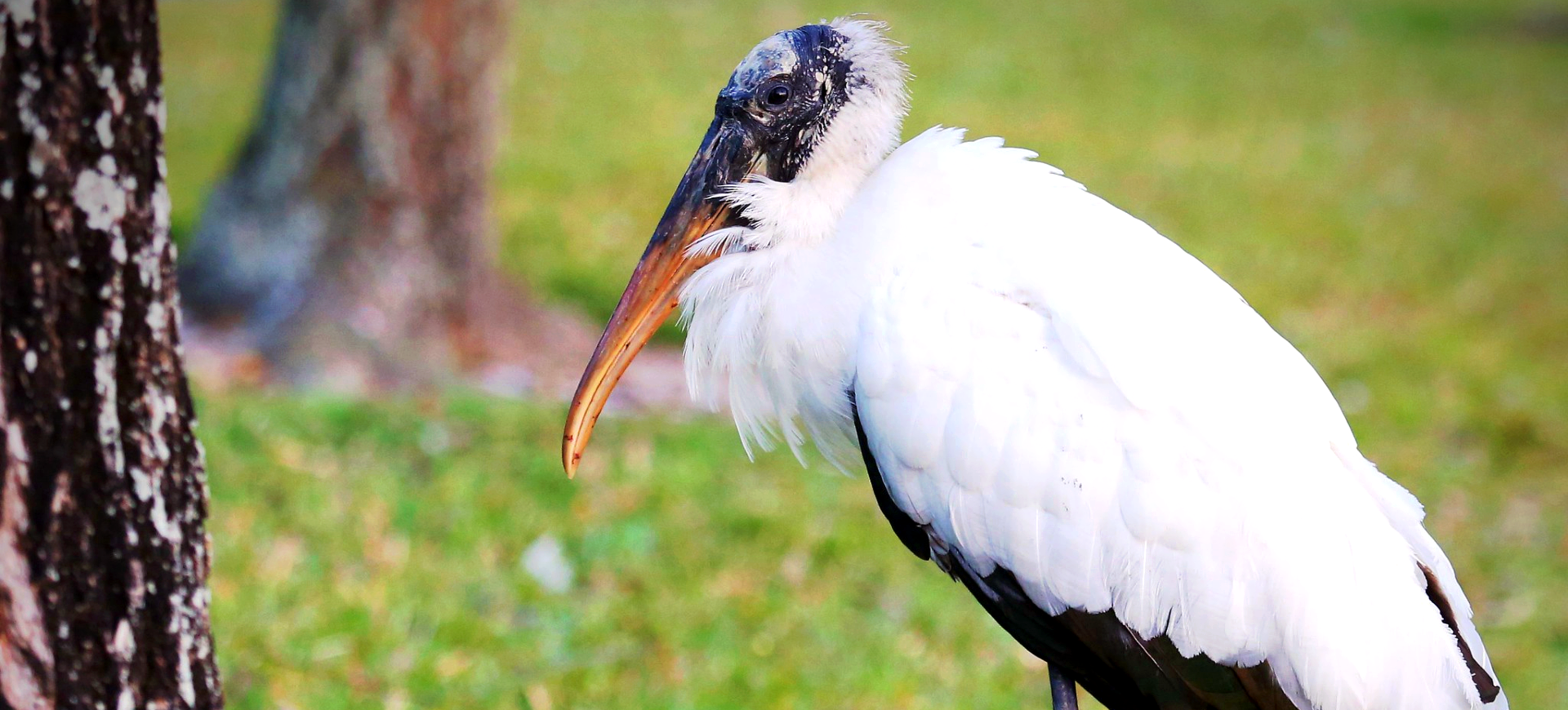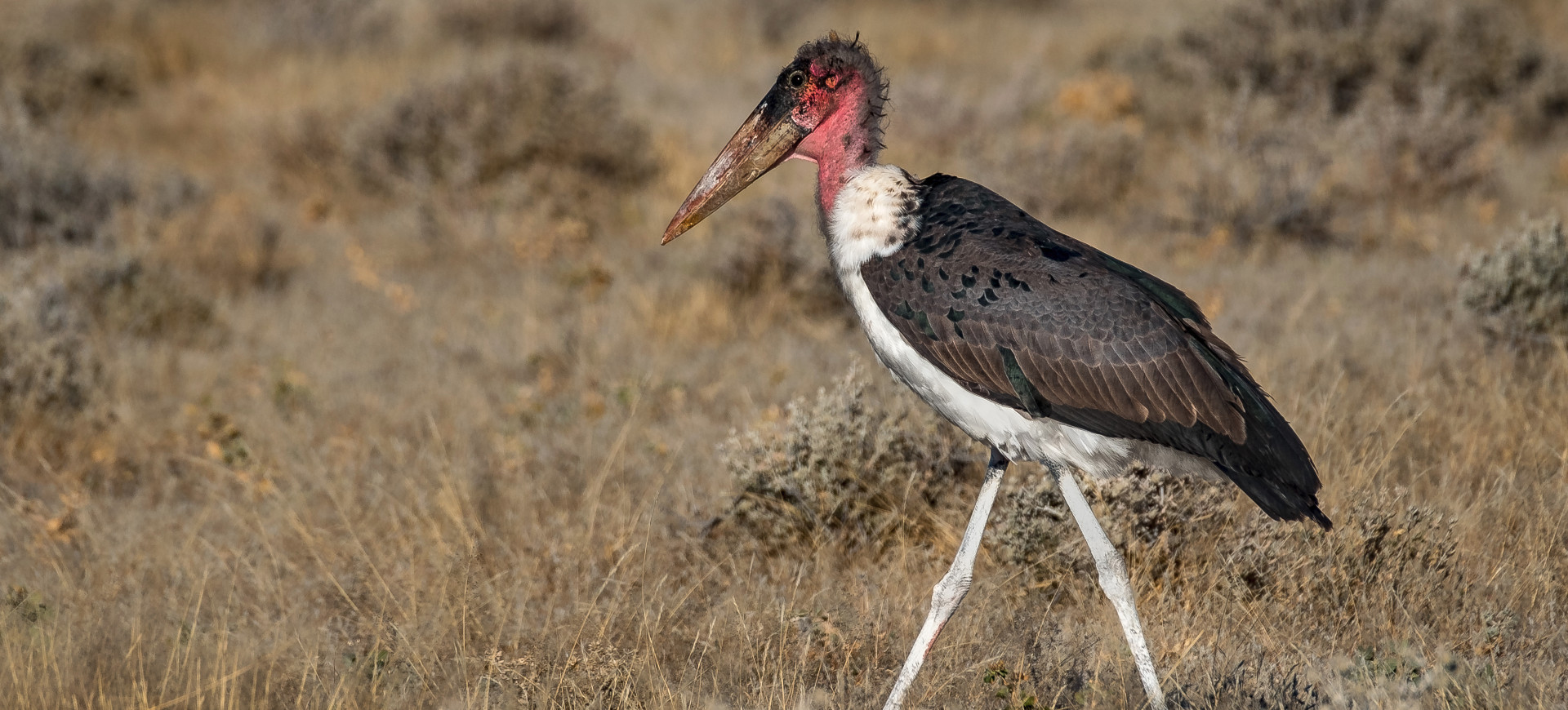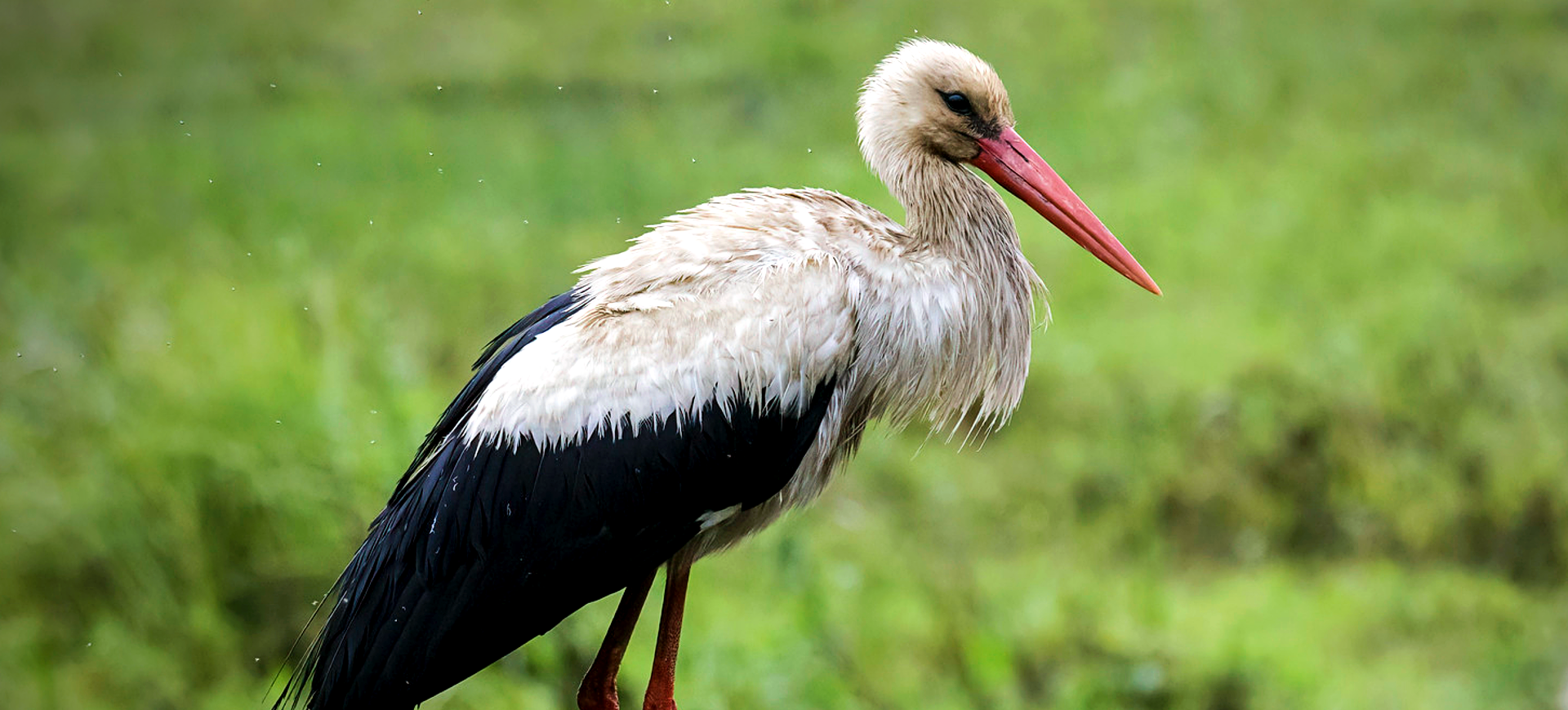Overview
Abdim’s stork, often known as the white-bellied stork, is a small species native to sub-Saharan Africa. Named after the Turkish Governor of Wadi Halfa in Sudan, Bey El-Arnaut Abdim, it’s the smallest stork species in its range. The bird is easily recognizable due to its contrasting black and white plumage, red knees and feet, and grey bill with a red tip. Abdim’s storks are very social creatures and often gather in large flocks, particularly during the breeding season.
Being migratory, Abdim’s storks undertake a lengthy journey every year, with the onset of the rainy season, to find suitable breeding sites. The breeders lay two to three eggs, and both parents are responsible for incubating them. The storks feed mainly on insects, but their diet can be versatile, including small reptiles, mammals, and other birds.
Abdim’s stork plays an essential role in the ecosystem by controlling pests populations, which can damage crops and people. In many African cultures, the arrival of these storks is associated with the coming of rain and is considered a good omen. Despite being a widespread species, they face habitat loss, pollution, and climate change threats, which can affect their breeding and feeding grounds.
Taxonomy
Kingdom
Phylum
Class
Order
Family
Genus
Species
Type
Current distribution:
Abdim's storks are broadly distributed across sub-Saharan Africa and parts of the Arabian Peninsula. Their non-breeding range extends from Tanzania and Angola in the south to Sudan and Ethiopia in the northeast. During the breeding season, they migrate northwards to breed in Sudan, Ethiopia, and parts of Yemen and Saudi Arabia.
Despite being a widespread species, their numbers gradually decrease due to several threats, including habitat loss and degradation, pollution, and climate change. However, they are still considered a common species within their range, and sightings of large flocks, especially during migration, are not unusual.
Physical Description:
Abdim’s stork is an elegant bird characterized by a striking contrast of black and white on its plumage. The bird’s head, neck, belly, and underwing are predominantly white, whereas its back, wings, and tail are black. The stork’s bill is a soft grey with a red tip, while its legs and feet are bright red, becoming even brighter during the breeding season.
The stork stands relatively short for its family, measuring about 73 to 80 cm in height. It has a wingspan of approximately 150 to 182 cm, supporting its long-distance migratory flight patterns. Sexual dimorphism is not prominent in this species, with both sexes sporting similar features. However, males tend to be slightly larger than females.

Lifespan: Wild: ~20 Years || Captivity: ~25 Years

Weight: Male: 4.2 lbs (1.9 kg) || Female: 3.9 lbs (1.7 kg)

Length: Male: 28 in (71 cm) || Female: 26 in (66 cm)

Height: Male: 31.5 in (80 cm) || Female: 28.7 in (73 cm)

Wingspan: Male & Female: 59-71.6 in (150 - 182 cm)

Top Speed: 30 mph (48 km/h)
Characteristic:
Native Habitat:
The native habitat of Abdim’s stork spans a broad range of sub-Saharan Africa. These birds are typically found in grasslands, savannas, marshes, lakes, and rivers. During the breeding season, they migrate to the north, preferring tree savannahs and floodplains as breeding grounds.
The habitat of Abdim’s stork varies depending on the season. During the rainy season, they are found in open habitats for breeding and feeding. However, they move to wetlands and other water sources in the dry season to find food and water more efficiently. Despite their adaptability to various environments, habitat loss remains a significant concern for these birds.
Biomes:
Biogeographical Realms:
Countries:
Diet:
Diet & Feeding Habits:
Abdim’s storks feed primarily on a diet of insects, making them beneficial to humans and agriculture by controlling the populations of harmful pests. Locusts, caterpillars, beetles, and other insects comprise a large portion of their diet. They forage in various habitats, including grasslands, wetlands, and agricultural fields.
In addition to insects, these storks also consume small mammals, birds, reptiles, and amphibians when available. They have also been known to scavenge carrion, especially during the dry season when other food sources may be scarce. Their versatile diet is a testament to their adaptability, allowing them to exploit various resources based on availability and seasonality.
Mating Behavior:
Mating Description:
Abdim’s storks are monogamous birds and usually mate for life. The breeding season typically coincides with the start of the rainy season. During this time, males and females engage in various courtship displays to strengthen their pair bond. These displays can include mutual preening, bill-clattering, and sky-pointing, where the bird stretches its neck upwards while flapping its wings.
The female typically lays two to three eggs in a large nest made of sticks, built by both parents on the top of a tree or a cliff. The male and female take turns incubating the eggs for about 30 days. Once the chicks hatch, both parents share in feeding and caring for them until they fledge, which usually happens around 55-65 days after hatching.
Reproduction Season:
Birth Type:
Pregnancy Duration:
Female Name:
Male Name:
Baby Name:
Social Structure Description:
Abdim’s storks are highly social birds often found in large groups, particularly outside the breeding season. They can form flocks of hundreds or even thousands of birds, particularly during migration or when foraging in rich feeding grounds.
Within these flocks, the birds display a range of social behaviors. They communicate using a variety of calls and physical displays, and there is often a hierarchy based on age and size. During the breeding season, they form monogamous pairs and become more territorial, defending their nest sites from other pairs.
Groups:
Conservation Status:
Population Trend:
The exact population of Abdim’s storks in the wild is not precisely known, but the species is still considered relatively common across its range. However, the population is believed to be in decline due to several threats, including habitat loss and degradation, pollution, and climate change.
The birds are highly sociable and can often be found in large flocks, particularly during migration and the breeding season. They also breed in colonies, with numerous pairs nesting in the same area. Sightings of these birds in urban areas and farmlands are also common, particularly during the dry season when they are attracted to irrigated fields.
Population Threats:
A range of factors threatens Abdim’s storks. Habitat loss due to agricultural expansion, urban development, and deforestation is a significant concern, reducing the availability of suitable breeding and feeding grounds. Pollution, particularly from pesticides and other agricultural chemicals, can also pose a risk to these birds.
Climate change is another potential threat, as changes in rainfall patterns can affect food availability and breeding sites. Additionally, the birds are sometimes hunted for food or traditional medicine, and their eggs and chicks can be preyed upon by various animals, including monkeys and large birds of prey.
Conservation Efforts:
Various conservation efforts are in place to protect and conserve Abdim’s stork. These include protecting their habitats from destruction and degradation, significant breeding sites and feeding grounds. Education and awareness programs are also essential to inform the public about the importance of these birds in the ecosystem.
Many protected areas within the range of Abdim’s storks provide safe havens for these birds. In some places, they are also indirectly protected by measures aimed at conserving larger, more charismatic species, such as elephants and lions, whose conservation often involves protecting large areas of habitat that also benefit a range of other species, including Abdim’s storks.
Additional Resources:
Fun Facts
- Abdim’s storks are named after the Turkish governor of Wadi Halfa in Sudan, Bey El-Arnaut Abdim.
- They are known as the “rain bird” because their migration often coincides with the onset of the rainy season.
- They are the smallest species of stork in Africa.
- Abdim’s storks are believed to mate for life, showing high loyalty to their partners.
- Despite being mainly insectivorous, they can also consume small mammals, birds, and reptiles.
- Their arrival is often seen as a good omen in various African cultures, signaling the coming of rain.
- During courtship, they engage in various displays, including bill-clattering and sky-pointing.
- The red coloration of their legs and feet becomes brighter during the breeding season.
- They can form flocks of hundreds or even thousands of birds, particularly during migration.
- Abdim’s storks play a crucial role in controlling the population of pests, benefiting both humans and agriculture.












